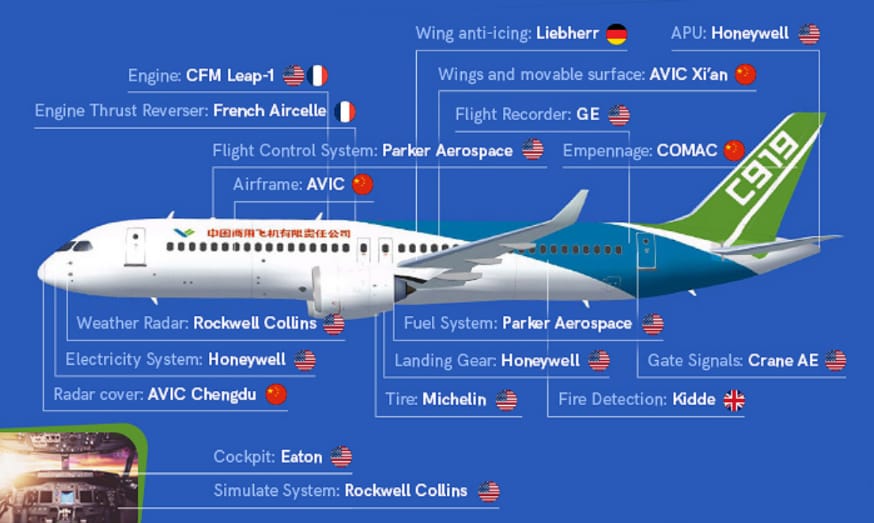aviation
675 readers
1 users here now
for aviators and all things aviation.
founded 4 years ago
MODERATORS
1
2
3
4
5
6
7
8
125
Boeing Whistleblower: Production Line Has "Enormous Volume Of Defects", Bolts On MAX 9 Weren't Installed
(viewfromthewing.com)
9
10
11
12
13
14
15
16
17
19
20
21
22
23
24
25
view more: next ›





